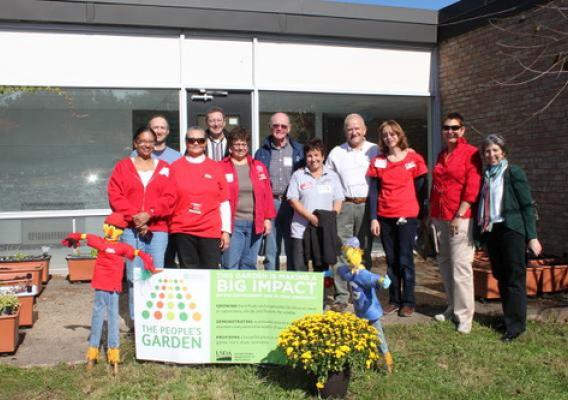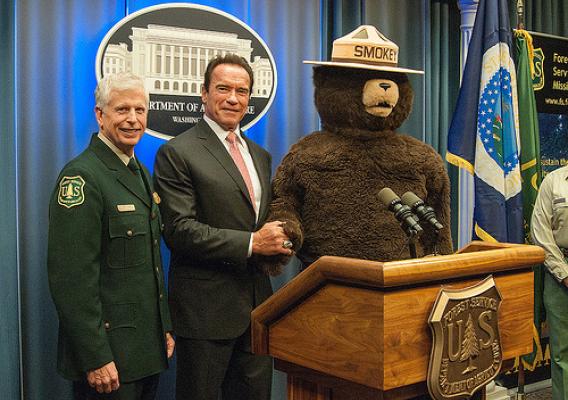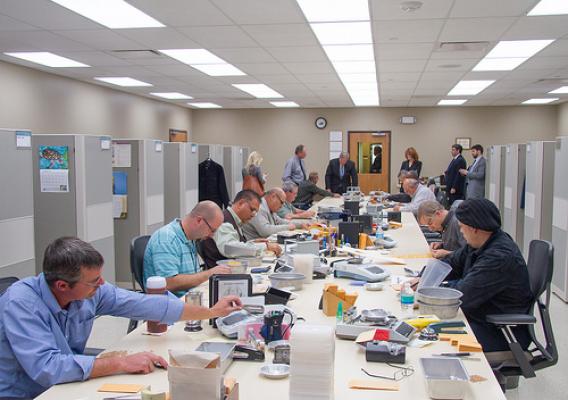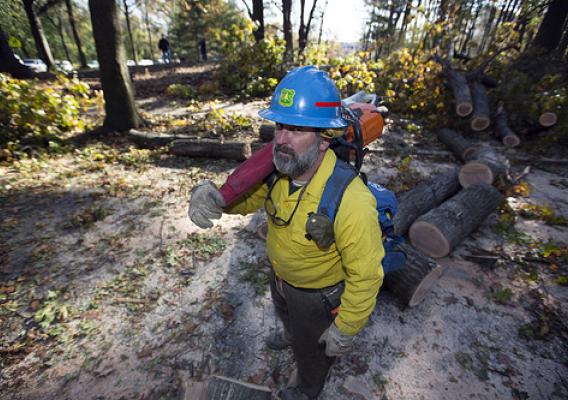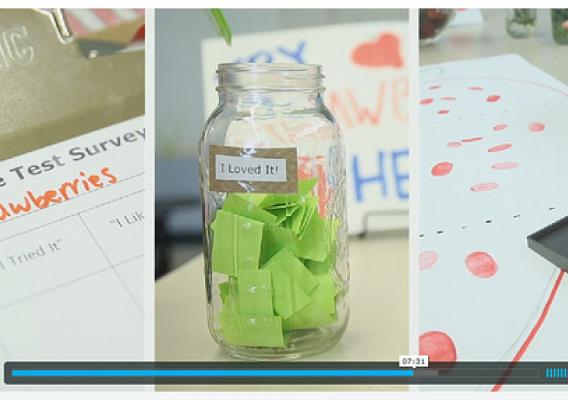In 2011, Washington State University won a USDA People’s Garden School Pilot Project grant. The University used the funds to start the “Healthy Gardens, Healthy Youth” project, a multi-year research project that engages elementary students in creating edible gardens in schools across the country. School gardens are an effective way to introduce kids to healthy foods and create a passion for agriculture and Washington State is helping lead the way. We’re excited to provide an update on how the project is going. The following post was written by Brad Gaolach, the Project Director for the program.
Guest post by Brad Gaolach, Project Director, Washington State University Extension
Grandview Elementary School in Monsey, NY is one of 50 schools across the U.S. taking part in USDA’s People’s Garden School Pilot Project – “Healthy Gardens, Healthy Youth” (HGHY). This research and education project aims to understand the impact of school gardens on fruit and vegetable consumption, physical activity, science and math learning, and other outcomes.
Grandview Elementary also enjoys a unique partnership with another research project: “Retirees in Service to the Environment,” or RISE. Created by Cornell’s Institute for Translational Research on Aging, RISE provides opportunities for older adults to become involved in local environmental projects. Research has shown there are greater mental and physical health benefits from environmental volunteering compared to other types of service. As environmental stewards, older adults not only gain from being engaged in civic issues, they also contribute their knowledge and passion to sustaining the environment for future generations.

